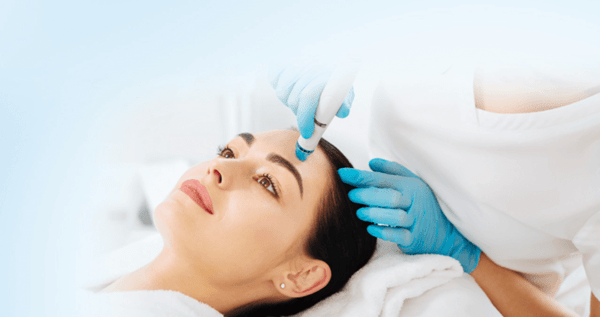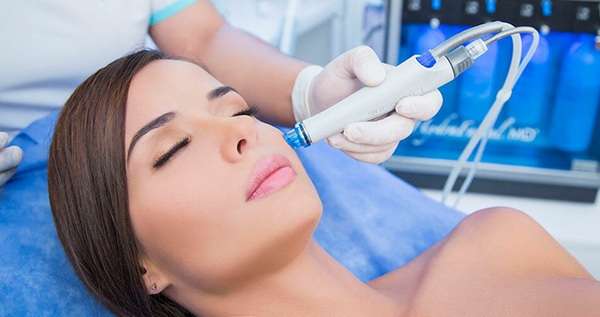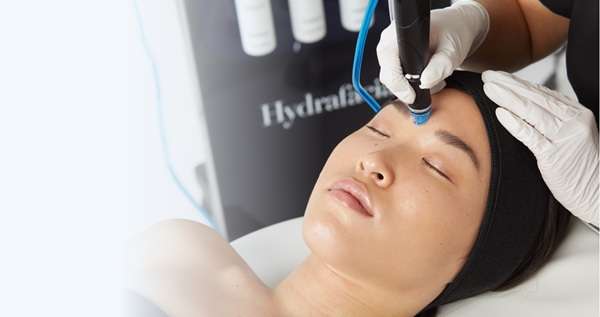In today’s fast-paced world, skincare treatments that deliver instant glow with zero downtime are more popular than ever. One such treatment that’s gained a cult following among celebrities, influencers, and skincare enthusiasts alike is the HydraFacial. But while many people enjoy the refreshed, dewy look after a session, one question remains common:
How often can you get a HydraFacial?
Let’s explore what HydraFacial is, how it works, and how frequently you should schedule it to maintain healthy, radiant skin.
What is a HydraFacial?
HydraFacial is a non-invasive, multi-step facial treatment that uses patented vortex technology to deeply cleanse, exfoliate, extract impurities, and infuse the skin with hydrating serums — all in one session. It’s suitable for all skin types, including sensitive skin, and addresses a wide range of concerns such as:
- Dullness and dehydration
- Fine lines and wrinkles
- Congested pores and acne
- Hyperpigmentation
- Uneven skin tone and texture
What makes HydraFacial unique is its ability to deliver visible results instantly with no irritation or downtime. You leave the clinic with glowing, plump, and revitalized skin — often referred to as the “HydraFacial glow.”
So, How Often Should You Get a HydraFacial?
The ideal frequency depends on several factors, including your skin type, lifestyle, and specific concerns, but here’s a general guideline:
- Once Every 4 Weeks (Monthly Maintenance)
For most individuals, getting a HydraFacial once every 4 weeks is recommended. That’s because our skin undergoes a full regeneration cycle roughly every 28 days. Scheduling your treatment around this timeline allows:
- Regular removal of dead skin cells
- Deep cleansing of pores before they become clogged
- Ongoing hydration and antioxidant infusion
- Long-term maintenance of youthful, glowing skin
This monthly routine works beautifully for:
- Normal to combination skin
- Mild pigmentation or congestion
- Anti-aging maintenance
More Frequent Treatments: Is it Safe?
Yes, in certain cases, HydraFacials can be done more frequently — even every 2 weeks — especially if you’re:
- Preparing for a big event (like a wedding or photoshoot)
- Dealing with oily, acne-prone skin
- Treating stubborn pigmentation or breakouts
At our clinic, we often create short-term intensive plans to target specific issues before moving to a monthly routine. HydraFacial is designed to be gentle and non-invasive, making it safe to repeat without harming the skin barrier — unlike some chemical peels or abrasive facials.
Who Might Need Less Frequent HydraFacials?
If you have ultra-sensitive or dry skin, or if you’re already on active skin treatments (like retinoids or acne medication), you might benefit more from HydraFacials every 6–8 weeks. In such cases, we tailor the treatment to your skin’s tolerance level, possibly using milder suction settings or serum combinations.
What Happens If You Overdo It?
Although HydraFacial is very safe, doing it too frequently without professional advice may cause:
- Temporary over-exfoliation
- Increased sensitivity or redness
- Stripping of natural oils your skin needs to protect itself
That’s why it’s important to work with a qualified skin expert who can guide your treatment plan — not just based on trends but based on your skin’s biology.
HydraFacial for Long-Term Skin Health
Think of HydraFacial not just as a luxury spa treatment, but as part of your skin wellness journey. With consistent sessions:
- Fine lines and wrinkles appear softer
- Acne breakouts are reduced
- Skin tone becomes more even
- Hydration levels improve
- You build a stronger skin barrier over time
HydraFacial also enhances the effectiveness of your home skincare products, because when your pores are clean and your skin is exfoliated, active ingredients absorb better.
Add-On Boosters and Customization
At Dr. Fazeela Abbasi’s clinic, we customize each HydraFacial using boosters tailored to your skin needs. Some of the most popular options include:
- Dermabuilder – for fine lines and elasticity
- Britenol – to target pigmentation and sun spots
- HydraFacial with LED therapy – for acne and inflammation
- Growth factor boosters – to stimulate skin regeneration
Depending on your goals, we may alternate boosters in each session to target multiple concerns over time.
Final Thoughts
So, how often should you get a HydraFacial? For most people, once a month is ideal. But skincare is not one-size-fits-all. Your treatment plan should reflect your unique skin needs, goals, and lifestyle.
At Dr. Fazeela Abbasi’s clinic, we believe in combining advanced technology with dermatological expertise. Whether you’re looking to maintain your glow, treat acne, or fight signs of aging, we’re here to guide you on the best frequency and combination of treatments for long-term skin health.



